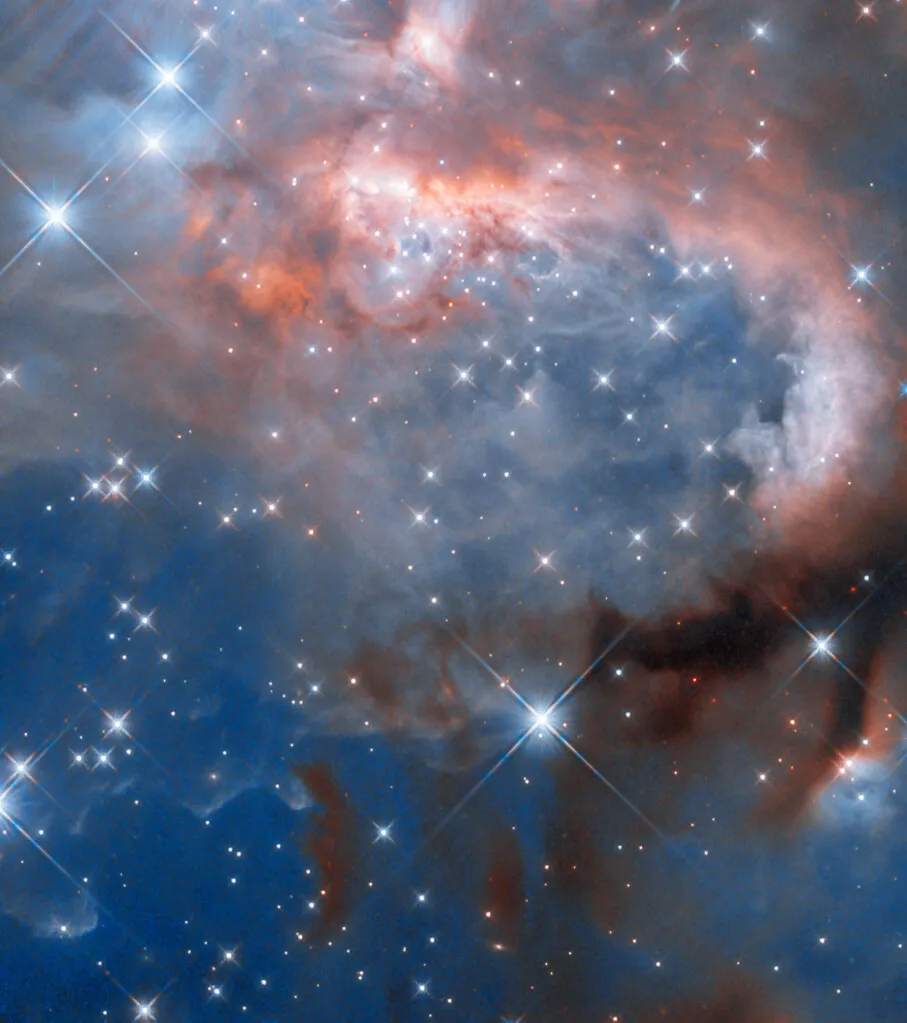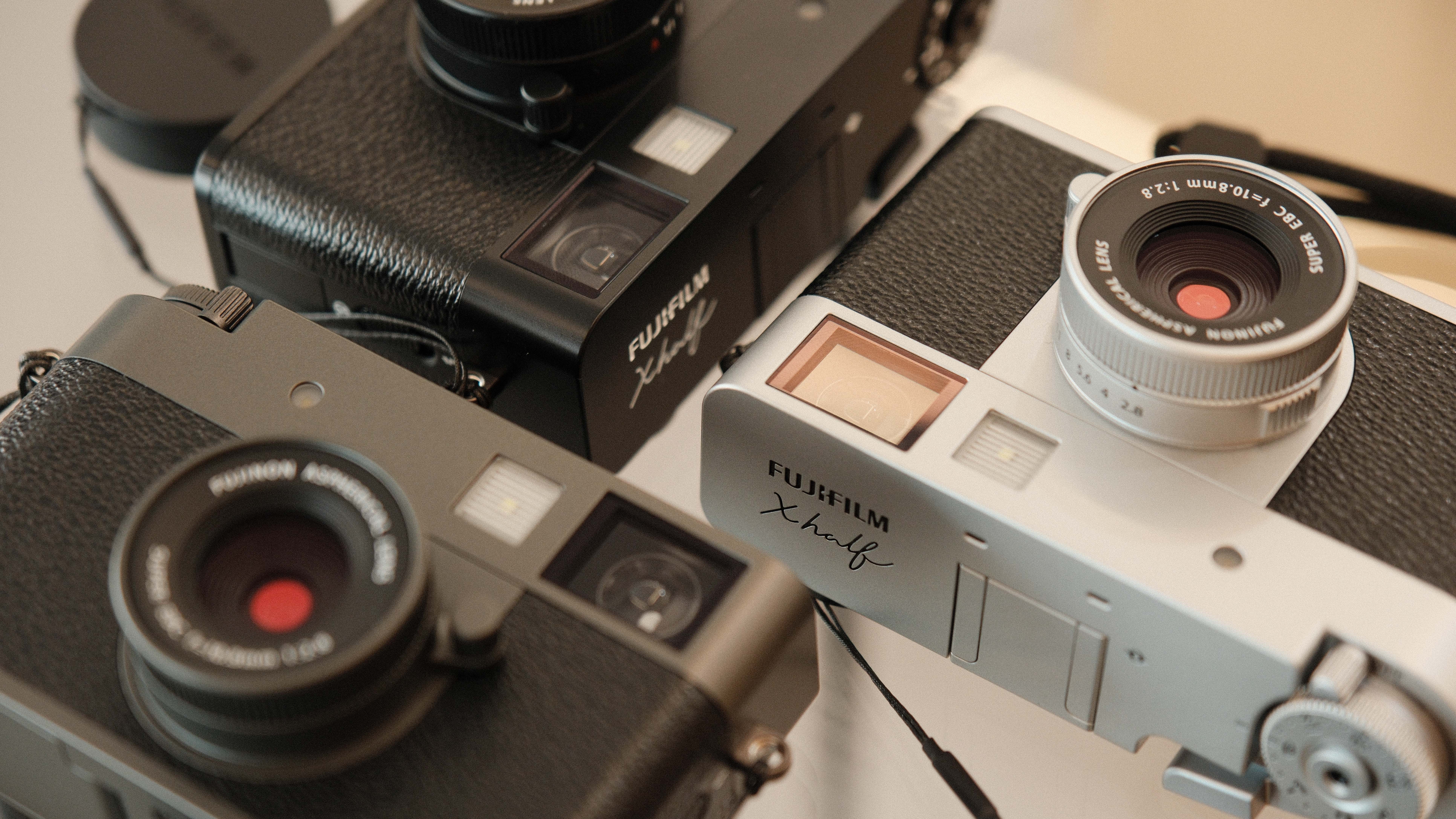Baby stars transforming a nebula nursery captured by NASA's Hubble Telescope
Color nebula photography: Space is glowing red, pink, and blue due to the formation of baby stars within it

The Hubble Telescope has had many big successes. It’s helped us pin down the real age of the Universe, roughly 13.9 billion years, and discovered two moons of Pluto, Nix and Hydra.
Now, it has captured incredible images of the transformation process of a nebula under the influence of baby stars.
This fascinating image is not only visually stunning but also provides an important glimpse into the planetary mechanics of our universe.
This particular nebula is called RCW 7, and is located around 5,300 light years away from Earth, in the constellation called Puppis.
Nebulas are gigantic clouds of dust and gas in space, rich in raw materials needed to serve as nurseries for new stars, also known as protostars.
In this nebula, the formation of new stars is causing it to transform. The intense radiation and stellar winds caused by the forming stars are responsible for the changes occurring within the nebula.
The vibrant colors are due to the different gases present. The blue hues indicate oxygen, and the red and pink tones mean that nitrogen and hydrogen are also there. As the young stars form, they emit radiation which heats up the surrounding gases, producing the beautiful colors seen in this NASA photo.
The best camera deals, reviews, product advice, and unmissable photography news, direct to your inbox!
Many of the larger-looking stars in this image are foreground stars are not part of the nebula. Instead, they sit between the nebula and our solar system.
The images were taken with the Hubble’s Wide Field Camera 3 in near-infrared light, beautifully showcasing the swirls of gas and curling clouds surrounding the protostars.
The Hubble Telescope has been in operation for over 34 years, and continues to be an invaluable tool for collecting data and images that are not only useful to astronomers, but also provide us laypeople with fascinating space news.
According to NASA:
“Within only a few million years, radiation and winds from the massive stars will gradually disperse the nebula’s gas — even more so as the most massive stars come to the end of their lives in supernova explosions.”
The image of the transforming nebula serves as another reminder of the ever-changing nature of the universe, and the fact that our cosmos is constantly being altered by the life cycle of the stars.
Check out our guide to the best cameras for astrophotography, and the best lenses to capture the night sky.
We've also got all the information you need about the best low light cameras.

After graduating from Cardiff University with an Master's Degree in Journalism, Media and Communications Leonie developed a love of photography after taking a year out to travel around the world.
While visiting countries such as Mongolia, Kazakhstan, Bangladesh and Ukraine with her trusty Nikon, Leonie learned how to capture the beauty of these inspiring places, and her photography has accompanied her various freelance travel features.
As well as travel photography Leonie also has a passion for wildlife photography both in the UK and abroad.
